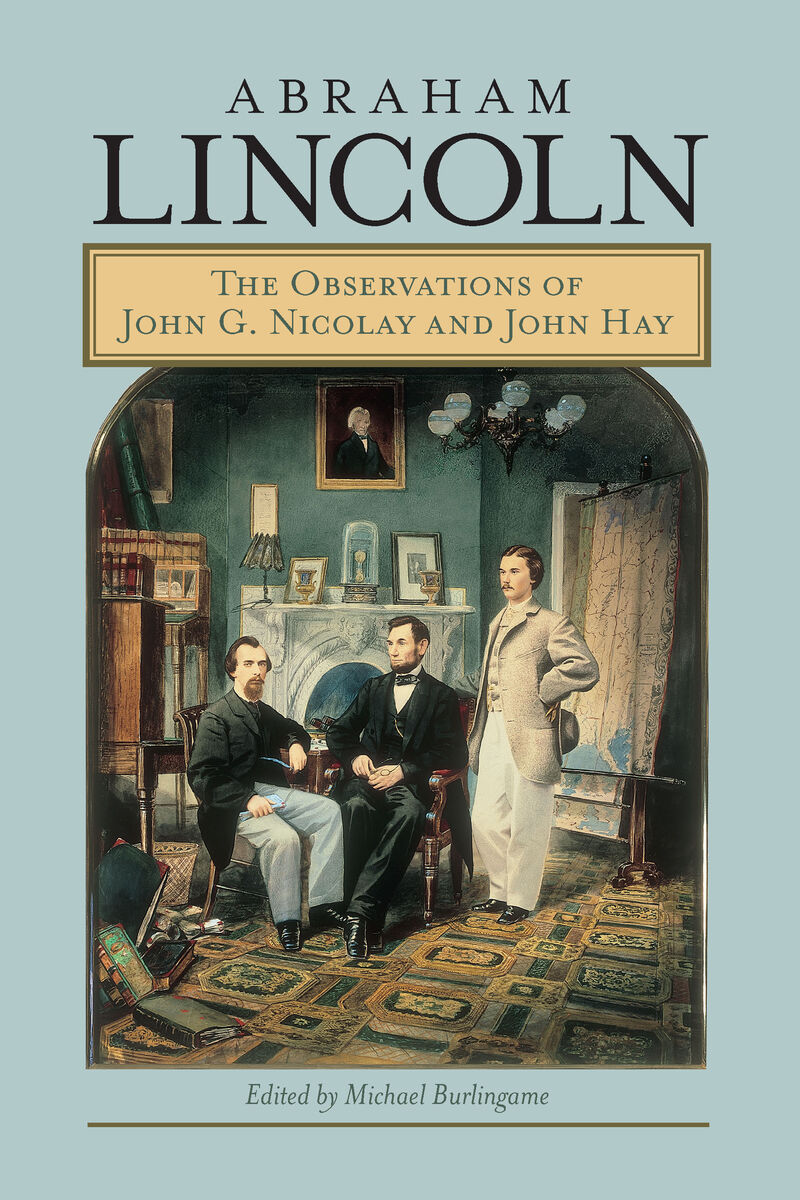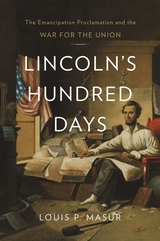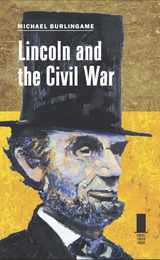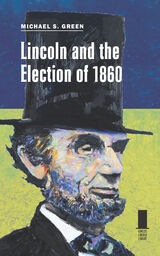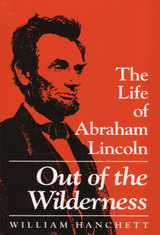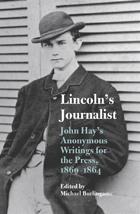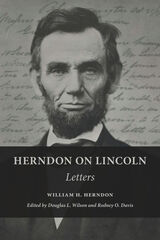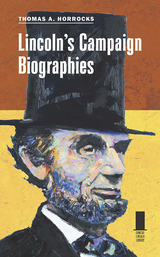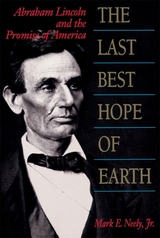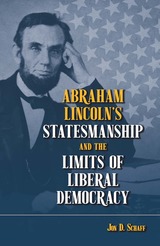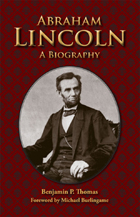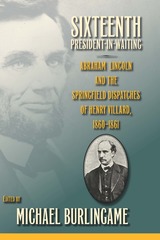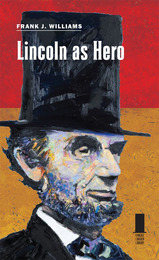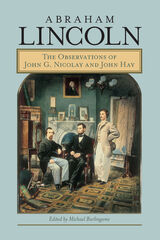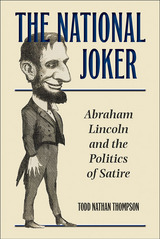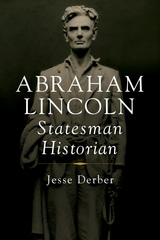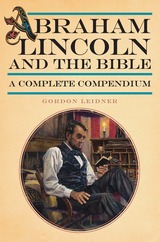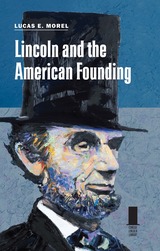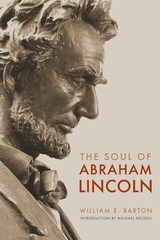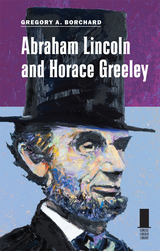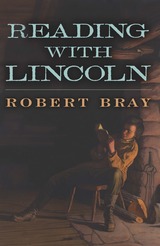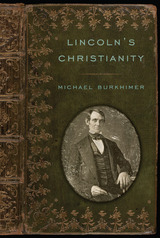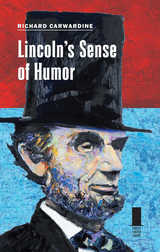Abraham Lincoln: The Observations of John G. Nicolay and John Hay
Southern Illinois University Press, 2007
Cloth: 978-0-8093-2738-6 | Paper: 978-0-8093-3863-4 | eISBN: 978-0-8093-8740-3
Library of Congress Classification E457.15.A155 2007
Dewey Decimal Classification 973.7092
Cloth: 978-0-8093-2738-6 | Paper: 978-0-8093-3863-4 | eISBN: 978-0-8093-8740-3
Library of Congress Classification E457.15.A155 2007
Dewey Decimal Classification 973.7092
ABOUT THIS BOOK | AUTHOR BIOGRAPHY | REVIEWS | TOC
ABOUT THIS BOOK
In 1890 Abraham Lincoln’s two main White House secretaries, John G. Nicolay and John Hay, published the ten-volume biography Abraham Lincoln: A History. Although the authors witnessed the daily events occurring within the executive mansion and the national Capitol, their lengthy biography is more a recounting of the Civil War era than a study of Lincoln’s life.
Editor Michael Burlingame sifted through the original forty-seven-hundred-page work and selected only the personal observations of the secretaries during the Lincoln presidency, placing ten excerpts in chronological order in Abraham Lincoln: The Observations of John G. Nicolay and John Hay. The result is an important collection of Nicolay and Hay’s interpretations of Lincoln’s character, actions, and reputation, framed by Burlingame’s compelling preface, introduction, chapter introductions, and notes. The volume provides vivid descriptions of such events as Election Day in 1860, the crisis at Fort Sumter, the first major battle of the war at Bull Run, and Lincoln’s relationship with Edwin Stanton and George McClellan.
In this clear and captivating new work, Burlingame has made key portions of Nicolay and Hay’s immense biography available to a wide audience of today’s readers.
Editor Michael Burlingame sifted through the original forty-seven-hundred-page work and selected only the personal observations of the secretaries during the Lincoln presidency, placing ten excerpts in chronological order in Abraham Lincoln: The Observations of John G. Nicolay and John Hay. The result is an important collection of Nicolay and Hay’s interpretations of Lincoln’s character, actions, and reputation, framed by Burlingame’s compelling preface, introduction, chapter introductions, and notes. The volume provides vivid descriptions of such events as Election Day in 1860, the crisis at Fort Sumter, the first major battle of the war at Bull Run, and Lincoln’s relationship with Edwin Stanton and George McClellan.
In this clear and captivating new work, Burlingame has made key portions of Nicolay and Hay’s immense biography available to a wide audience of today’s readers.
See other books on: 1809-1865 | 1861-1865 | Abraham Lincoln | Friends and associates | Lincoln, Abraham
See other titles from Southern Illinois University Press
